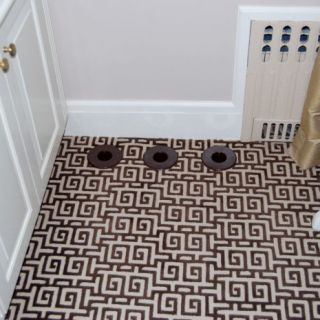
Have you been wondering if your home is a good fit for high velocity air conditioning? In reality, high velocity A/C systems can fit most any building. However, there are certain situations in which these units make more sense than others. If your home or business fits any of the below criteria, be sure to give us a call about a possible installation.
Properties that may benefit from high velocity A/C:
- Older buildings without much spare space to house traditional ductwork – Unless you’re willing to give up closet and attic space, a conventional air conditioning system may not be viable. High velocity units use smaller, flexible tubes that take up less space.
- Homes without existing ductwork – Retrofitting a house can be expensive, and large ductwork can require a significant amount of construction. High velocity air conditioning and be fitting through existing walls and floors without much remodeling work.
- Historical homes, churches, or museums with big, open floorplans – These types of properties have a lot of square footage to cool and not many places to put an A/C unit. Window air conditioning is not efficient enough for large spaces, and conventional A/C would require ceilings to be lowered or walls to be built.
- Buildings with humidity issues – High velocity not only cools faster, but it reduces 30% more humidity than other types of air conditioning.
- Properties with radiant floor heating – Radiant floor heating is very popular due to its lower energy usage. Because this type of heating doesn’t require ductwork, it pairs excellently with high velocity A/C.
For more information on high velocity air conditioning, visit our page. In Delaware County, our team is often considered the local expert on these systems. We have plenty of experience with installation, and we’ve even busted some myths about the downsides of these units. Check our post called “Do High Velocity AC Units Make Noise?” to learn more about the topic.




